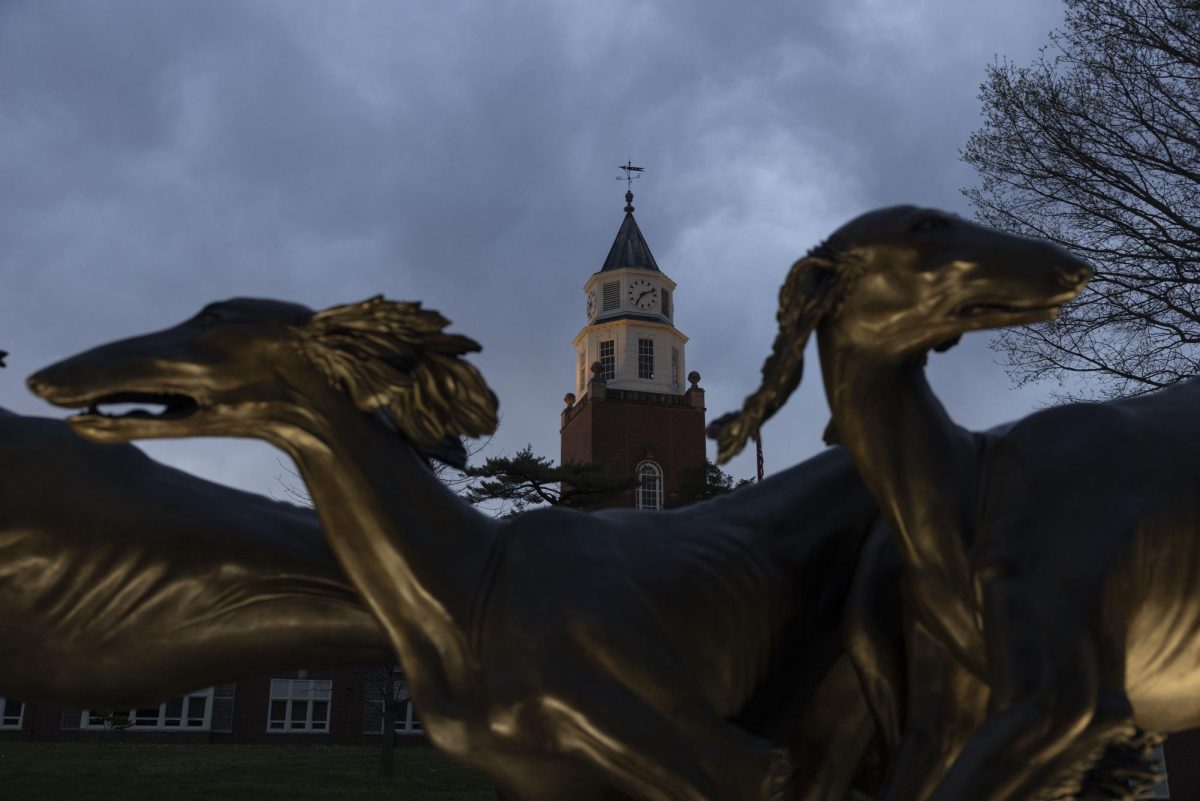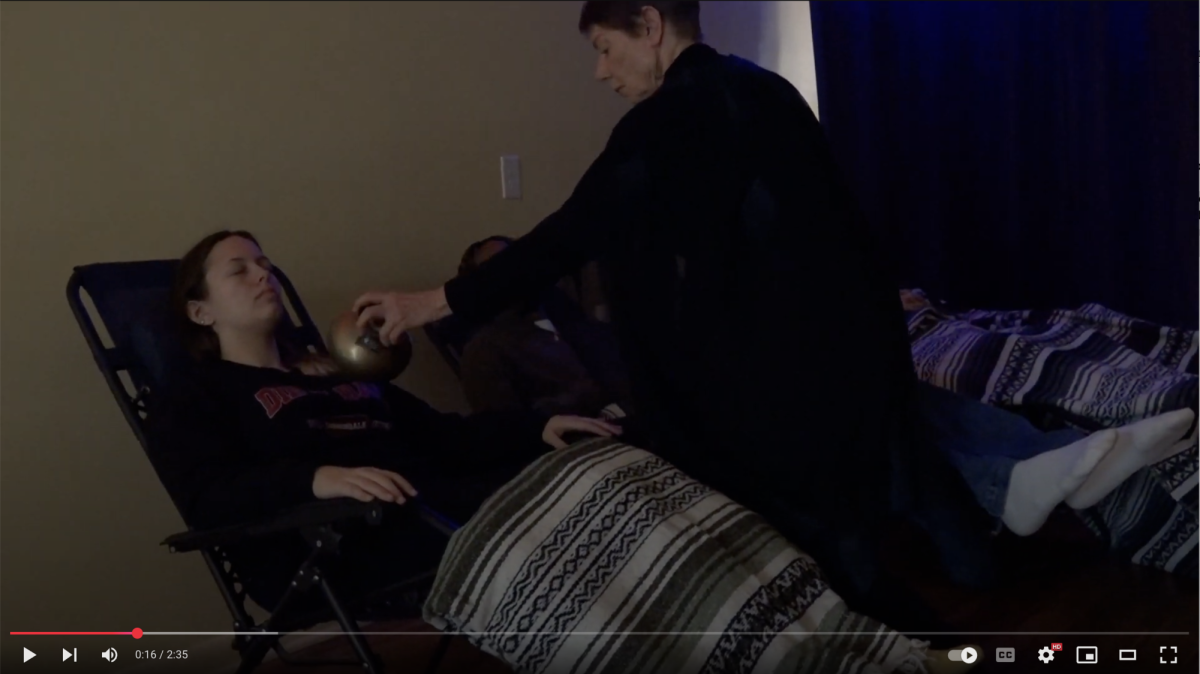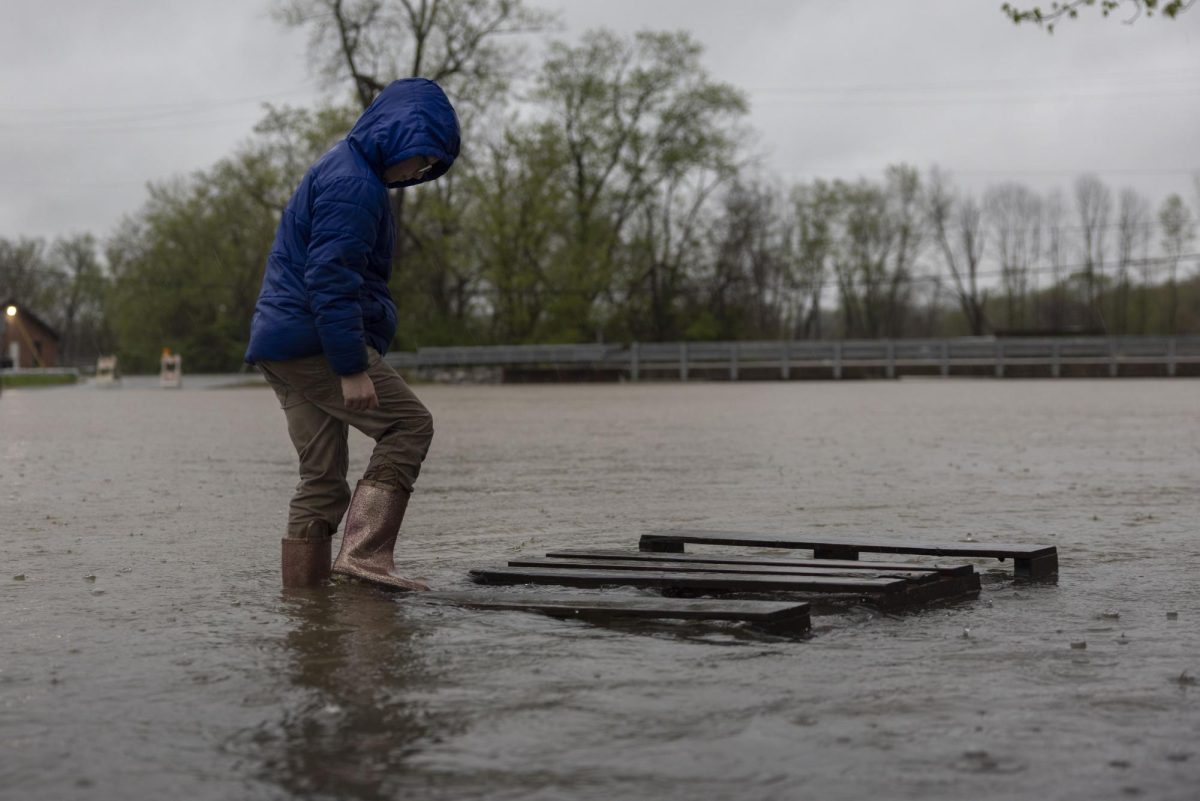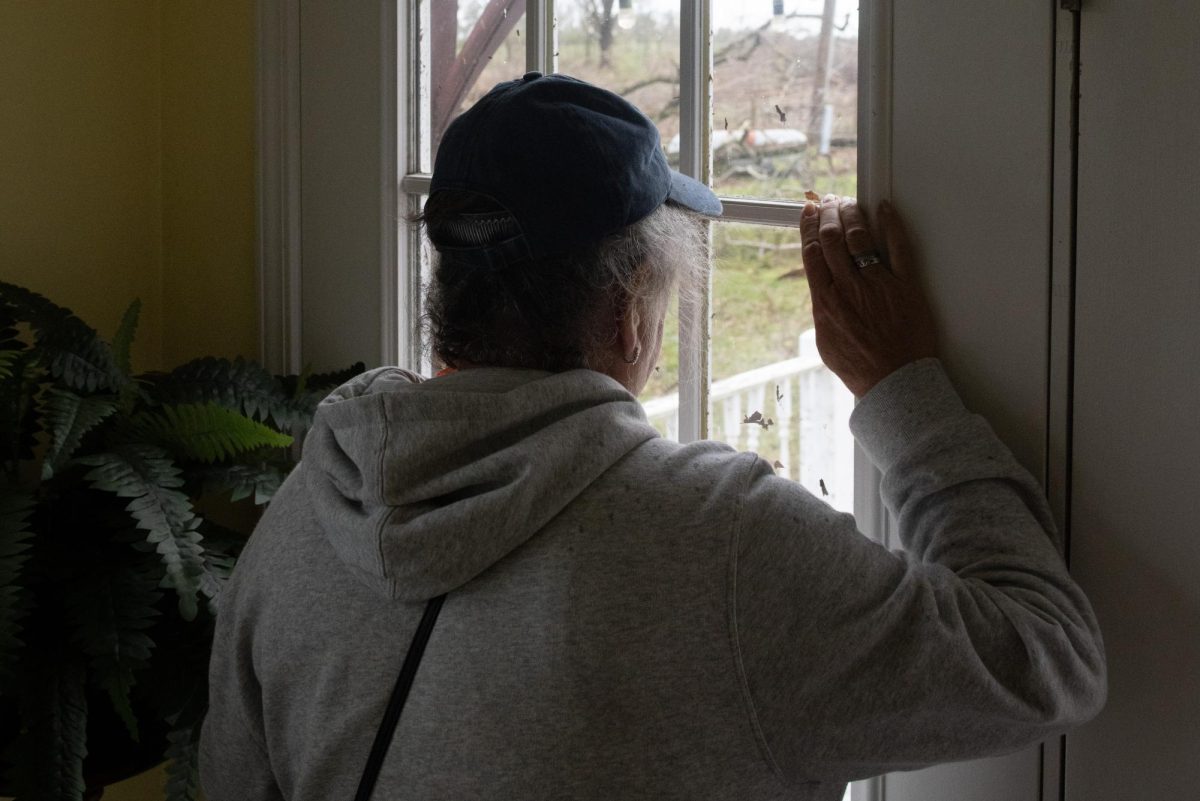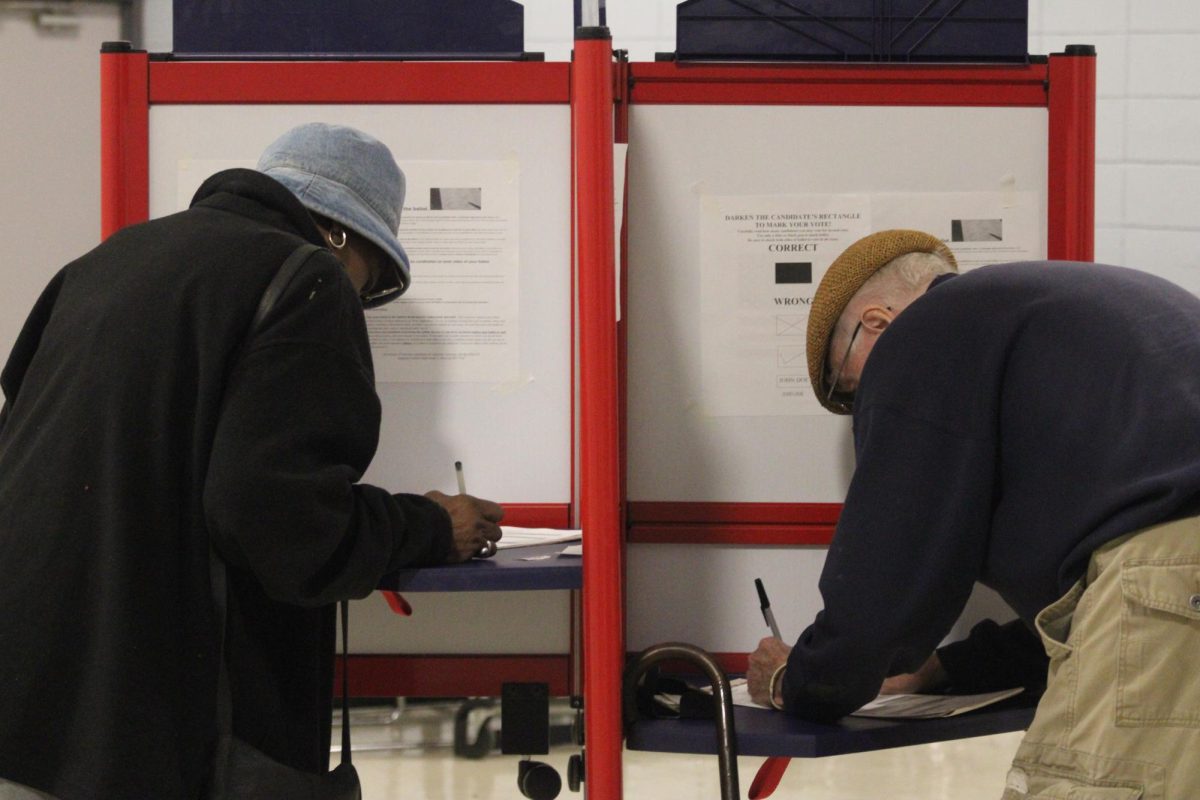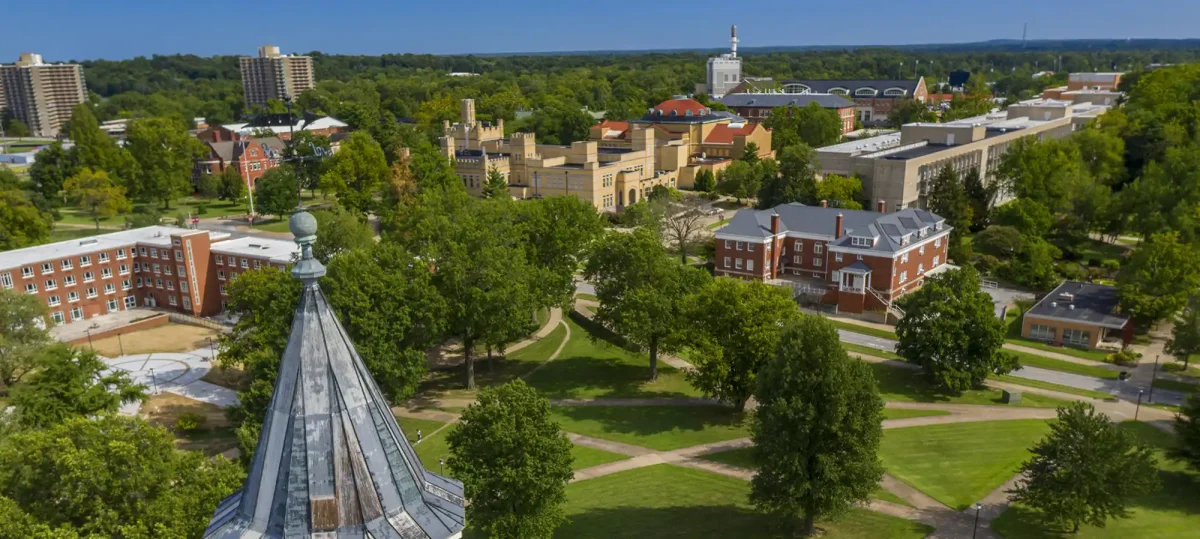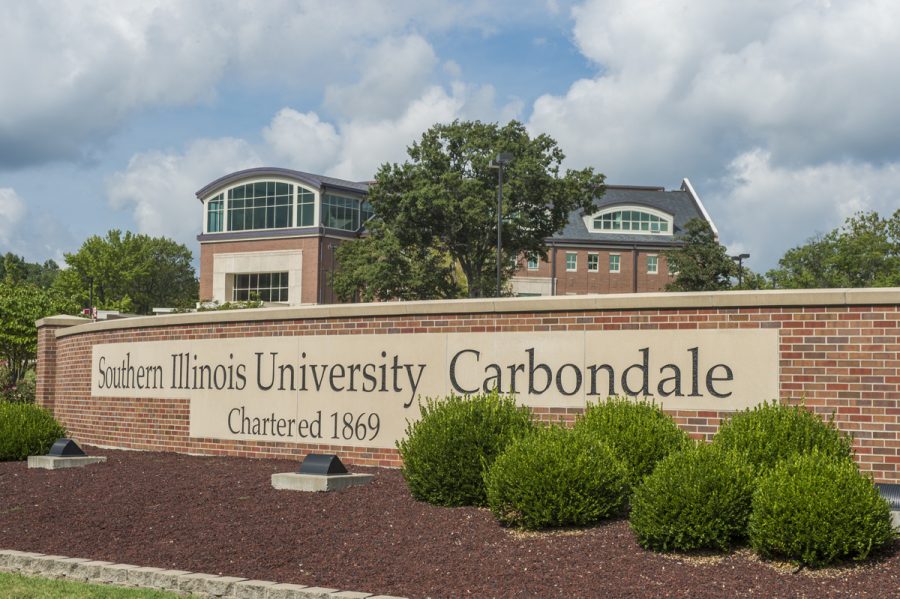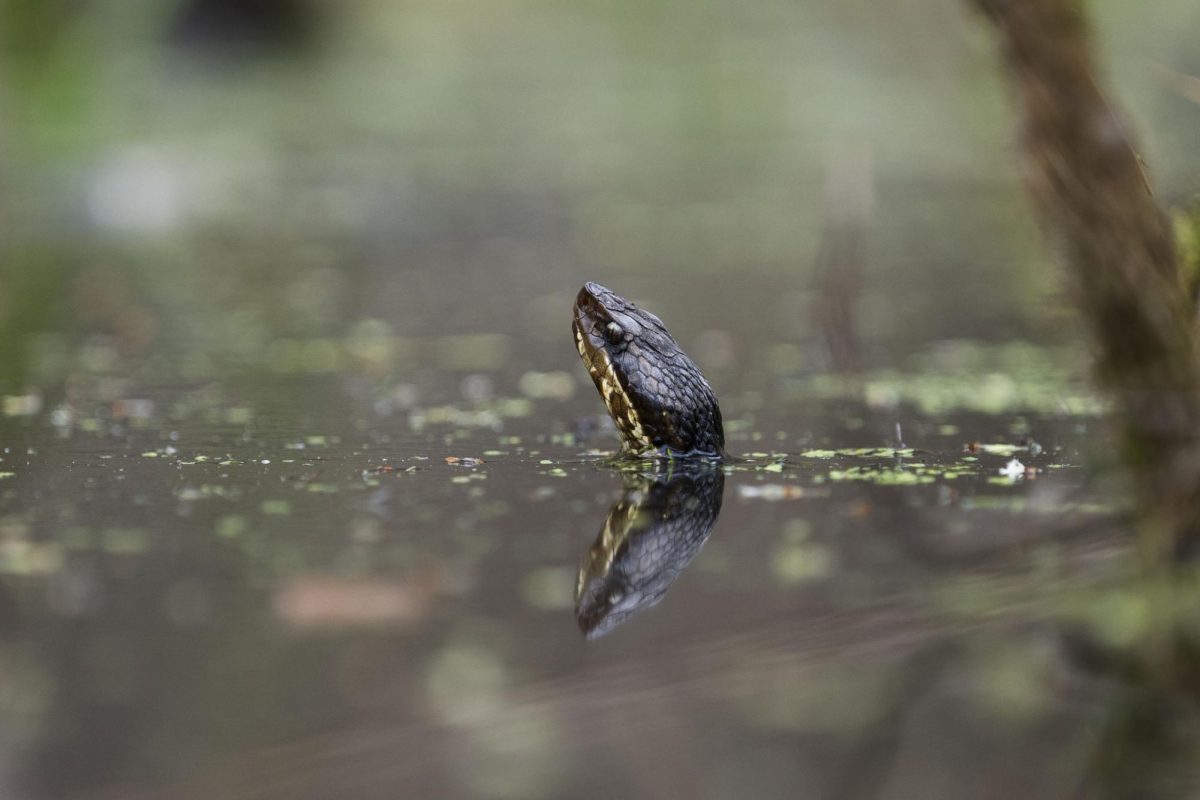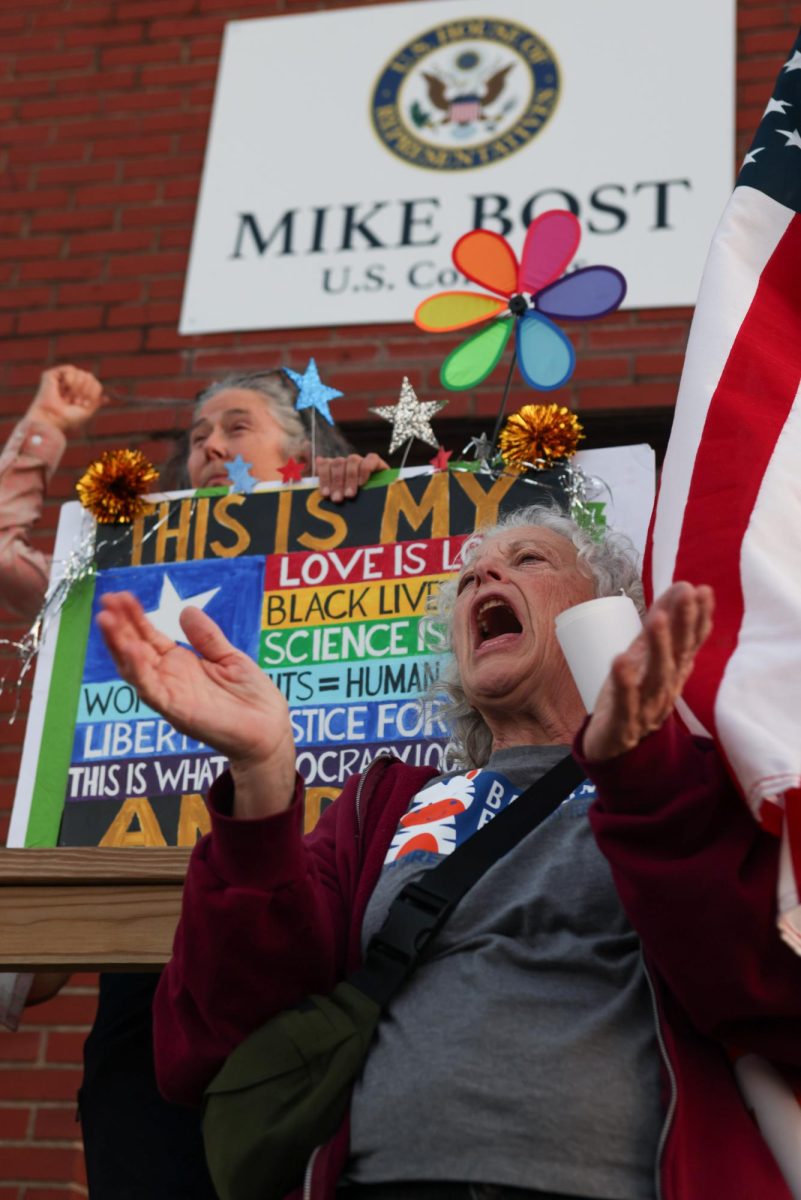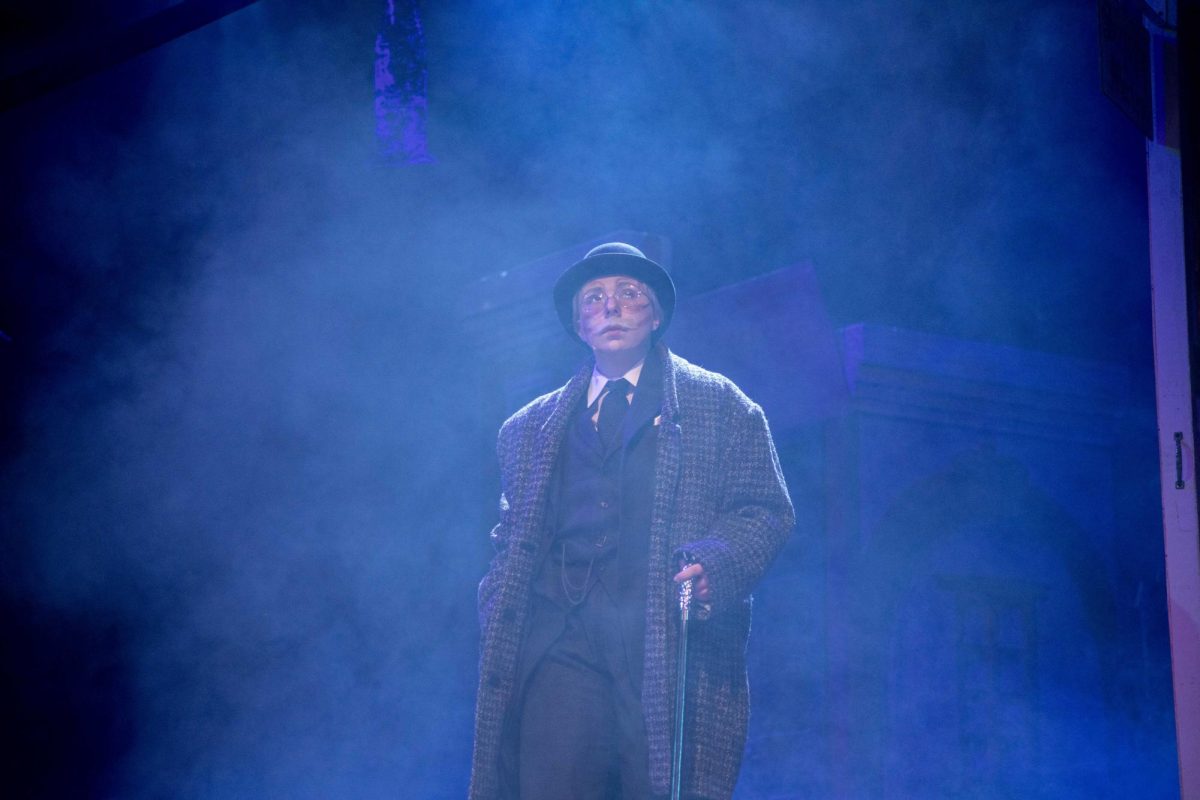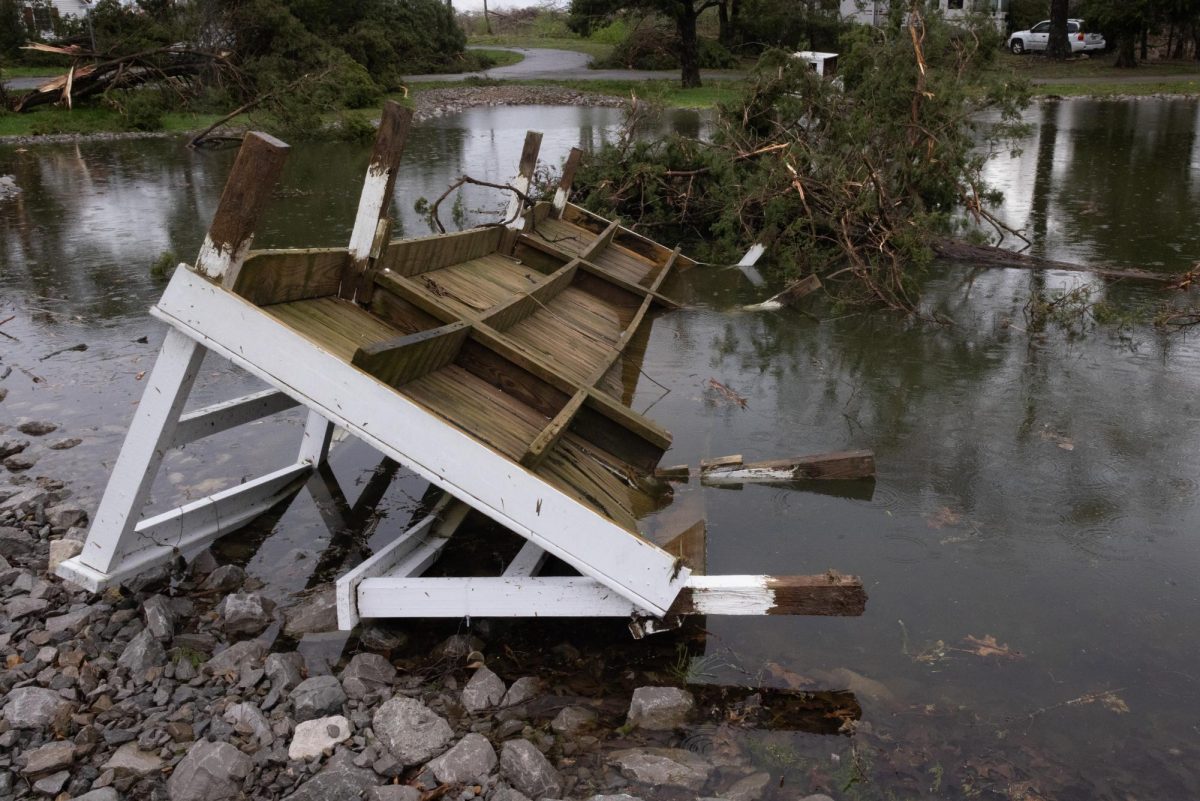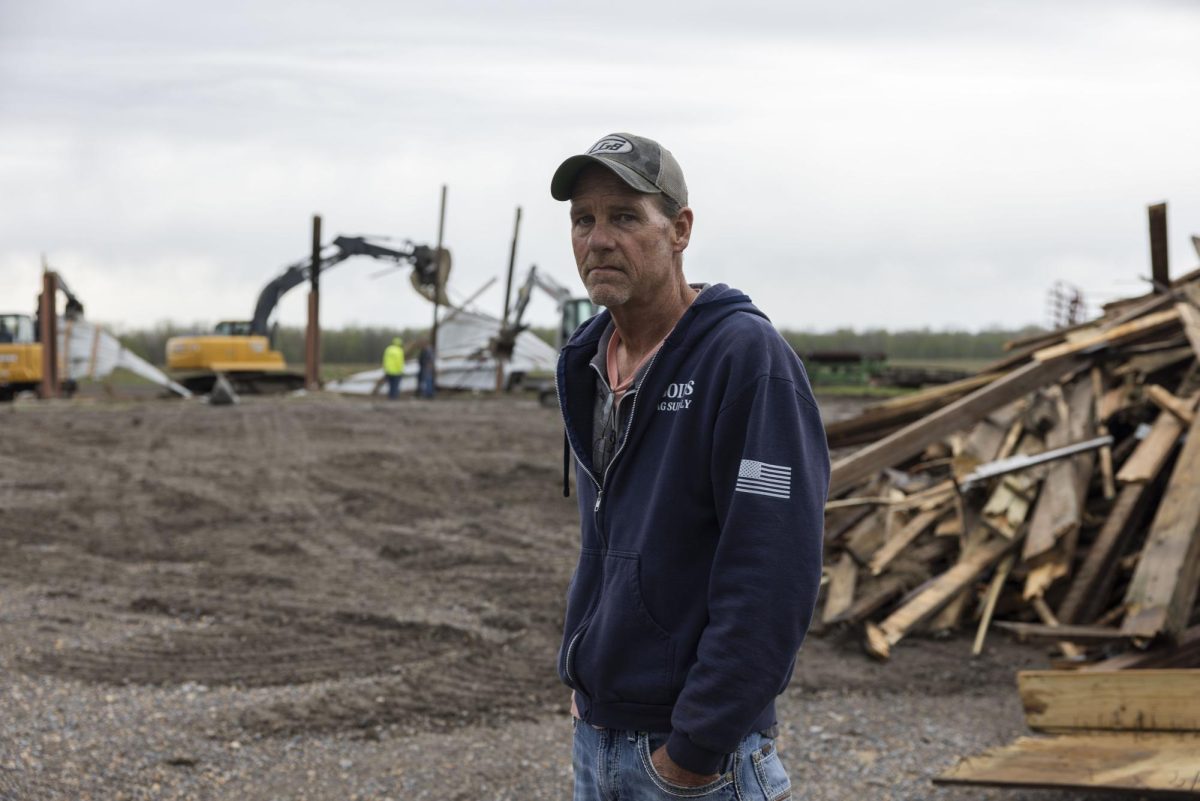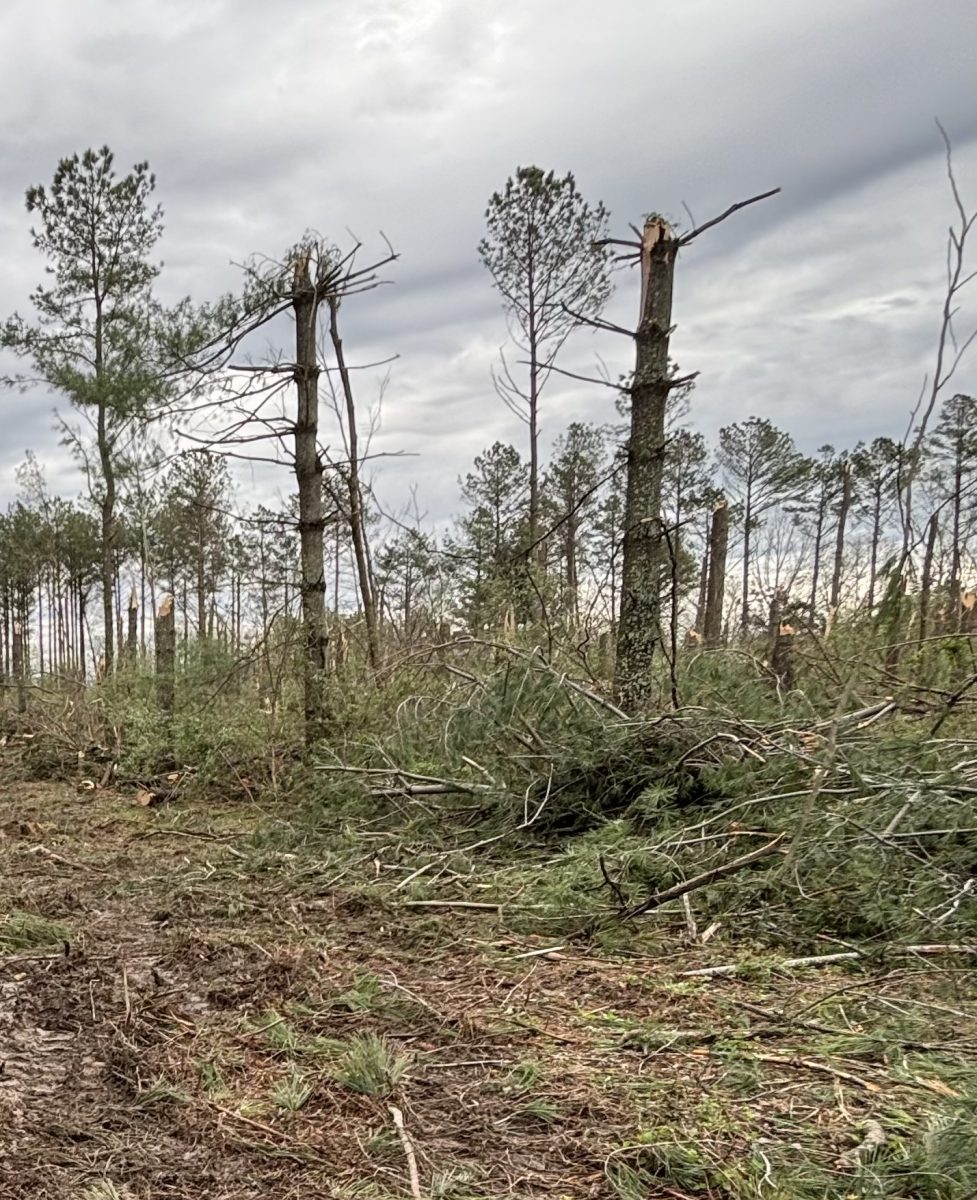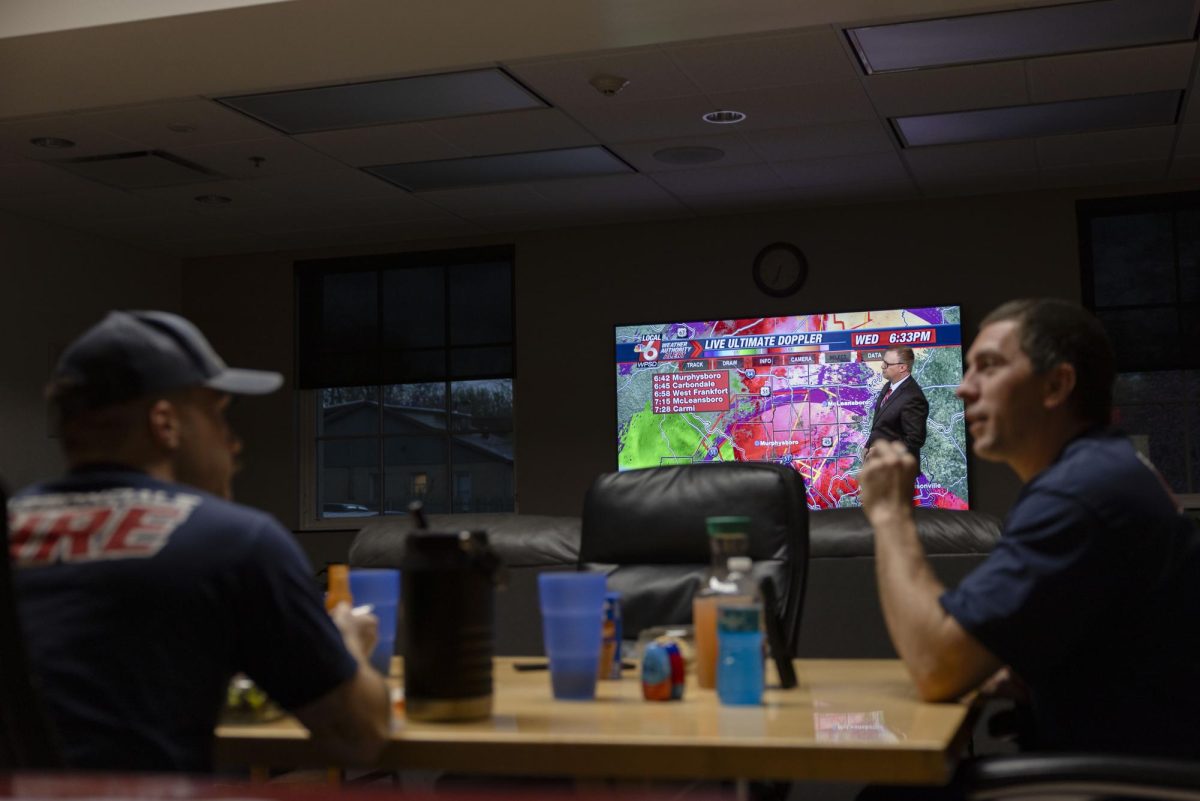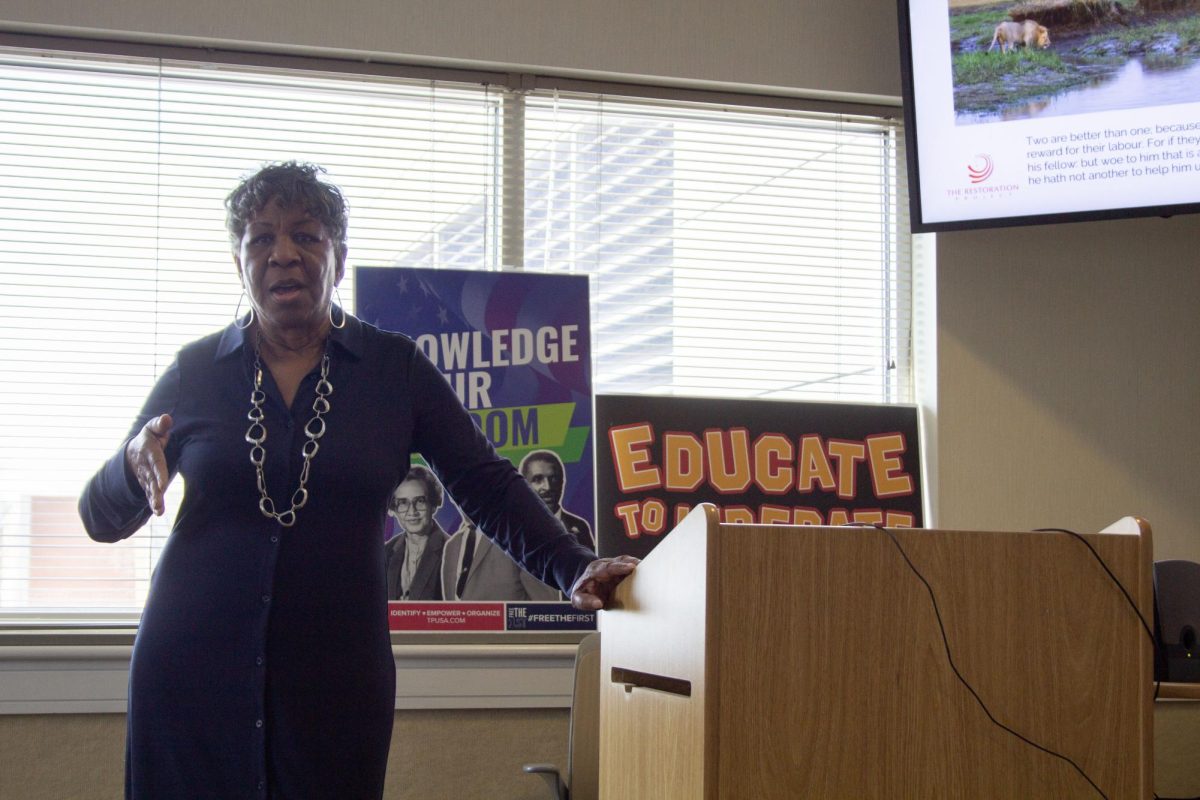A century after the deadliest tornado in U.S. history tore through southern Illinois, the community of Murphysboro gathered to honor the lives lost and reflect on the devastation that reshaped the region.
On March 18, 1925, the massive tornado carved a 219-mile path of destruction across southeast Missouri, southern Illinois and southwest Indiana, claiming 695 lives. Murphysboro was the hardest-hit community, with 234 fatalities.
Advertisement
The National Weather Service Paducah office hosted a commemoration event on March 15, 2025, bringing together residents, historians and weather experts to mark 100 years since the Tri-State Tornado. Christine Wielgos, Warning Coordination Meteorologist at NWS Paducah, said the event was meant to both honor the past and highlight advancements in meteorology.
“We’re trying to showcase the 1925 tornado. It’s the 100th anniversary coming up Tuesday, and so we wanted to bring enthusiasts and historians and people interested in weather to learn about what this event really was about,” Wielgos said. “In addition to that, learning about how far we’ve come in the last 100 years, I think that’s really paramount—to understand how none of these people had any idea this was coming.”
She noted how technology has transformed forecasting and emergency communication.
Advertisement*
“Even in the last 25 years that I’ve been in the Weather Service, things have changed—technology, social media, the internet. It’s all changed how we get information out to people,” Wielgos said.
She also spoke about how much meteorology has advanced since 1925.
“Back in the early 1900s, they tried forecasting the weather. They had equations of the laws of motion and of the atmosphere, but they had no way to calculate it. They said something like it would take… say, 300,000 people to derive these equations to understand how air moves from point A to point B in six hours. They knew how to do it, but there was no physical mechanism to do that,” Wielgos said.
She explained that it wasn’t until computers came along in the 1940s and ’50s that forecasting became possible.
The event featured speakers covering different aspects of the tornado’s impact as well as advancements in weather forecasting that have happened over the last century.
In addition to the expert speakers, the event featured interactive exhibits and booths from organizations such as the National Weather Service and the Jackson County Historical Society. Attendees could view historical photos and documents, learn about tornado preparedness and explore advancements in meteorological technology. A weather radio programming station was available for visitors to set up NOAA weather radios, and people could view a large tornado siren up close.
Emily Hartmann, a resident who has lived in Murphysboro for years, attended the commemoration.
“And I’ve always wondered about the 1925 tornado, because I’m not a native here. But we’ve lived here, raised kids. We’ve got a grandkid here. And I’ve always wondered about all the details about that, and I’ve seen pictures of the historical society,” Hartmann said.
She also attended a related historical film screening that included interviews with tornado survivors.
“I signed up to go to the movies Friday night, which were wonderful—telling the story, showing the video and seeing the destruction—to realize it was a mile wide,” she said. “And the stories they had from 1990, is when they started that movie. And it didn’t get finished ‘til recently, but SIU and PBS worked together to interview these people that are now dead, but they were survivors in 1990, telling where they were in the grade school and what happened.”
She also participated in the cemetery tours, where guides shared the stories of victims buried in Murphysboro and DeSoto.
“So many lives lost, but to remember them, and thank God we’ve got warning systems,” she said. “I actually had pillows last night in my bathroom because we were supposed to get, maybe a tornado, and it makes you more aware of that. And I had all my dog food and my clothes and my big boots in case the roof was gone to walk through debris…taking those preparations.”
Scott Riley, another attendee, described himself as a “weather junkie” and said the event reinforced the importance of storm preparedness.
“How the warning system works, how they get the information out to the public—that’s what interests me. This event has really shaped how the community remembers and prepares,” he said.
Wielgos emphasized that the tornado’s legacy has shaped how local residents approach storm safety.
“It’s changed the way that people in this area think about this weather event and what they need to do to prepare,” she said. “This area is prone to tornadoes. And, if you have relatives and grandparents and aunts and uncles that have been through the 1925 tornado, they obviously have shared stories down the line. And so you’re aware of tornadoes, you’re more prone to have probably be more prepared.”
Wielgos continued, “We are not immune to this, this area is not immune to it, and we have to do things to protect ourselves.”
For those unable to attend in person, the City of Murphysboro live streamed the commemoration on its official YouTube page.
Staff reporter Annalise Schmidt can be reached at aschmidt@dailyegyptian.com. To stay up to date on all your southern Illinois news, be sure to follow The Daily Egyptian on Facebook and on X @dailyegyptian.
Advertisement






